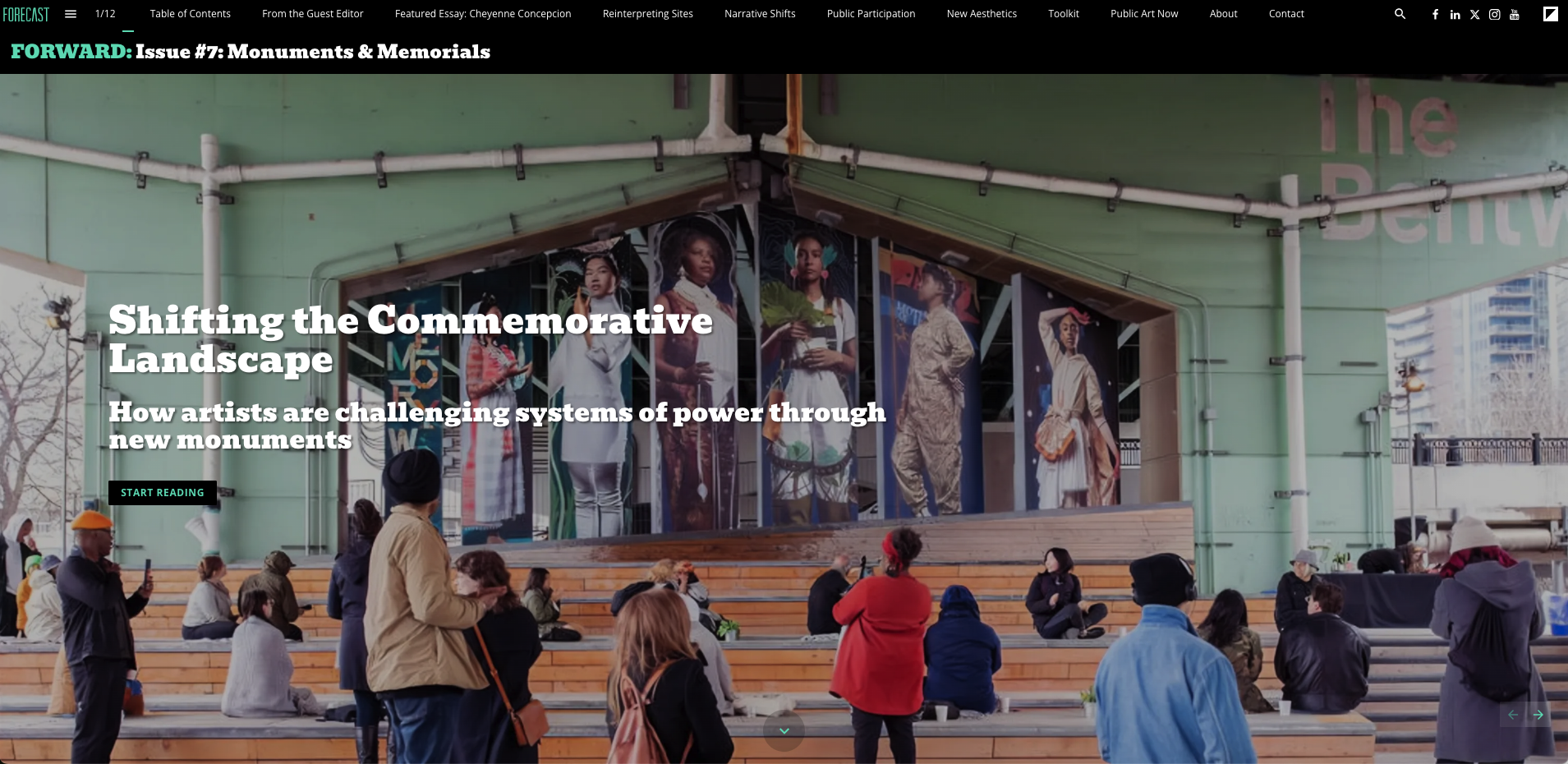
Equity Audit: Shaping Legacy
with HR&A and SF Arts Commission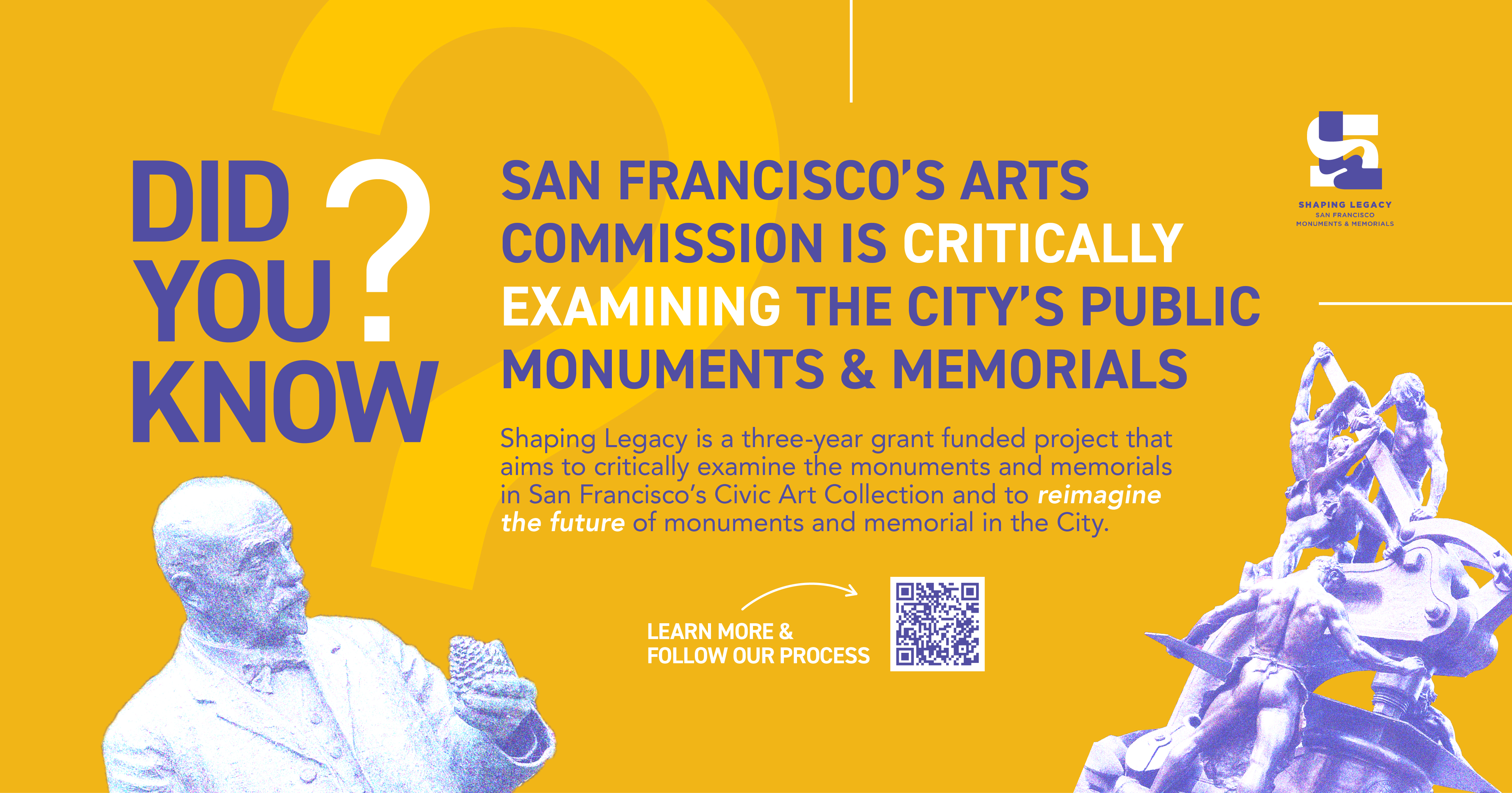
We’ve been working with the HR&A Advisors and the SF Arts Commission on this three-year, grant-funded initiative will critically examine and reimagine the future of monuments and memorials in San Francisco's Civic Art Collection. It’s exciting to continue this work as artists engaged in civic dialogue and see ideas we’ve been brooding on for years in San Francisco continue to burgeon.
We invite you to join us for three Community Workshops this November to learn more about the project and get involved.
We invite you to join us for three Community Workshops this November to learn more about the project and get involved.
Monument Loteria
at ICASF

In the Future
with NACLALetter from the Editor
A few months ago, NMTF asked the question, “How do you reclaim the collective sensory experiences that will tell the story of your community?” I acknowledge that this is a loaded question. It’s a question that gives space to those working to reclaim the journey of (touch, sight, hearing, smell, and taste) people’s experiences and stories in public space.
When I sit with this question, I think about works that exist today. The works that really lean into my own memory drive the work I do. In the heart of the Latino Cultural District in San Francisco lies Balmy Alley. An alley photographed, published, a destination for many visiting the city. The alley is full of murals from the 1970s to today. Murals from the first known all-women mural collective, Mujeres Muralistas, to young local muralist Lucia Ippolito. Murals about home, leaving home, destroying home, culture, history, religion, and politics. Painted by women, people of color, elders, and youth.
In 2011, I began working for Mia Gonzalez at Encantada Gallery. I later learned Mia was a co-founder of Balmy Alley. I remember her reminiscing how it was a community members’ effort to come together to help create a beautiful and safe pathway for its youth to walk thru the community from the afterschool program she helped manage from the schools and Garfield Park. At the time, the alley needed to be reclaimed by the community to make it safe, reflective of its people’s stories. Without the support from City officials, they created a legacy; they created something for the community to pass on to the next generations, a collective sensory experience that tells a story of the community for and about its people.
In recent years, we have seen the toppling of monuments, decolonization of public space, and black artists being silenced. I believe the pandemic has forced us to take a deeper look at our shared spaces, who we miss and memorialize. Really how do we see ourselves being remembered?
As I approach 2022, I take the energy to keep pushing against toxicity, masculinity, and white supremacy—the energy to take on new challenges and prioritize wellbeing, and voices. I welcome and am open to new opportunities. The arrival of positive change for my community. Also, be mindful that change happens in small increments, not significant major shifts.
Furthermore, I must give time and appreciation to my ancestors, my elders, and those that have planted the seeds before me in other to build a better future.
In The Future is a zine that uplifts Black, brown, people of color artists, queer and women creators, and communities in physical and digital worlds that HAVE reclaimed collective sensory experiences. As we question, “what is a monument?” or “what does a community public work look like?” These are eight examples of how we aspire, approach, view, and learn to think about public art. Each contributes to the small increments of needed change in our shared space. Ten completed public-facing created works with the community.
Thank you to the team between our day jobs, artistry, and Omicron. We worked to do our best with grace. Gracias to my hermanas: Cheyenne Concepcion, Hannah Moore, and Claire Flanegin.
En communidad,
Anna Lisa
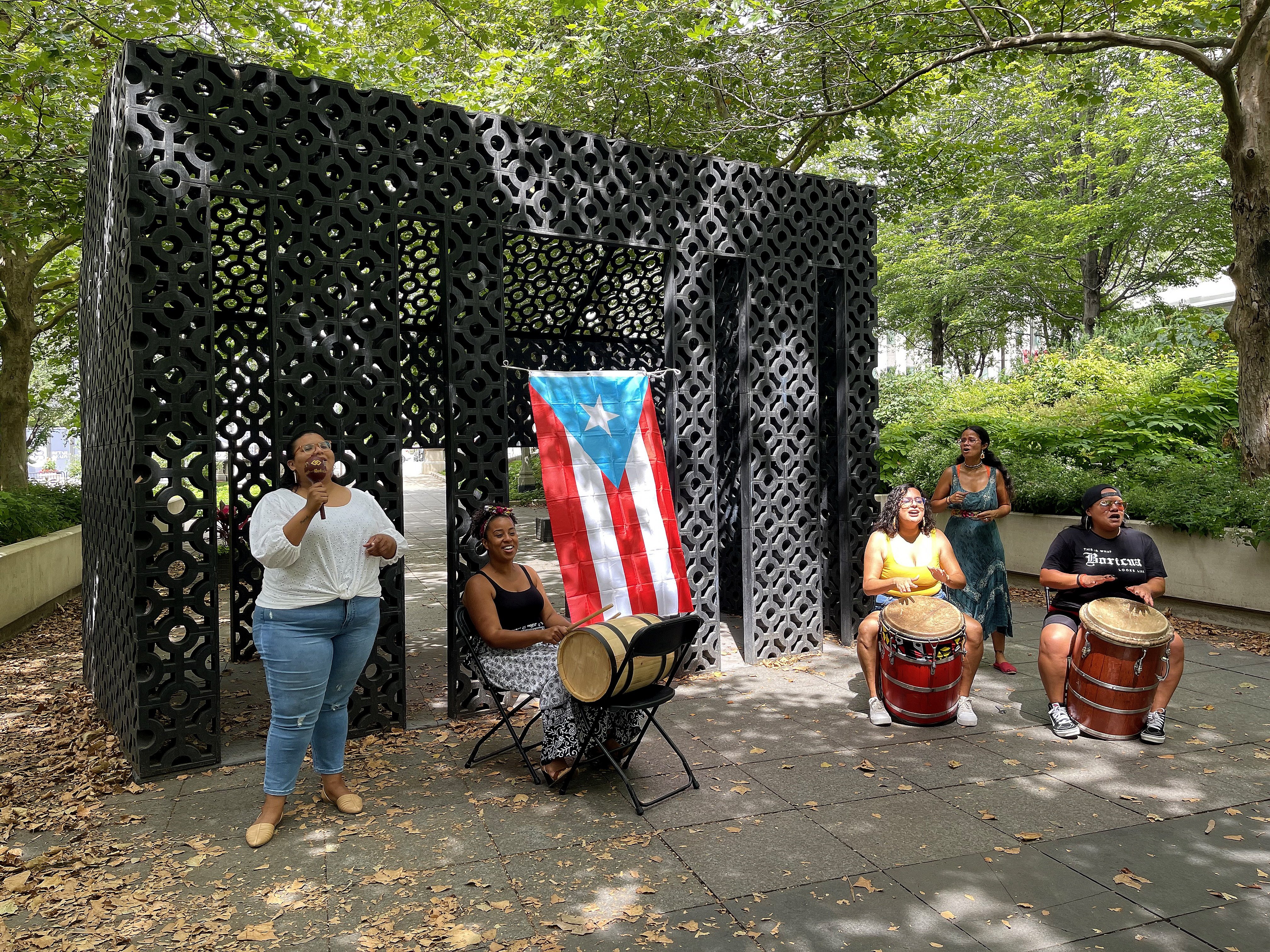
Featured Artist: Edra Soto

Featured Artist Dana King
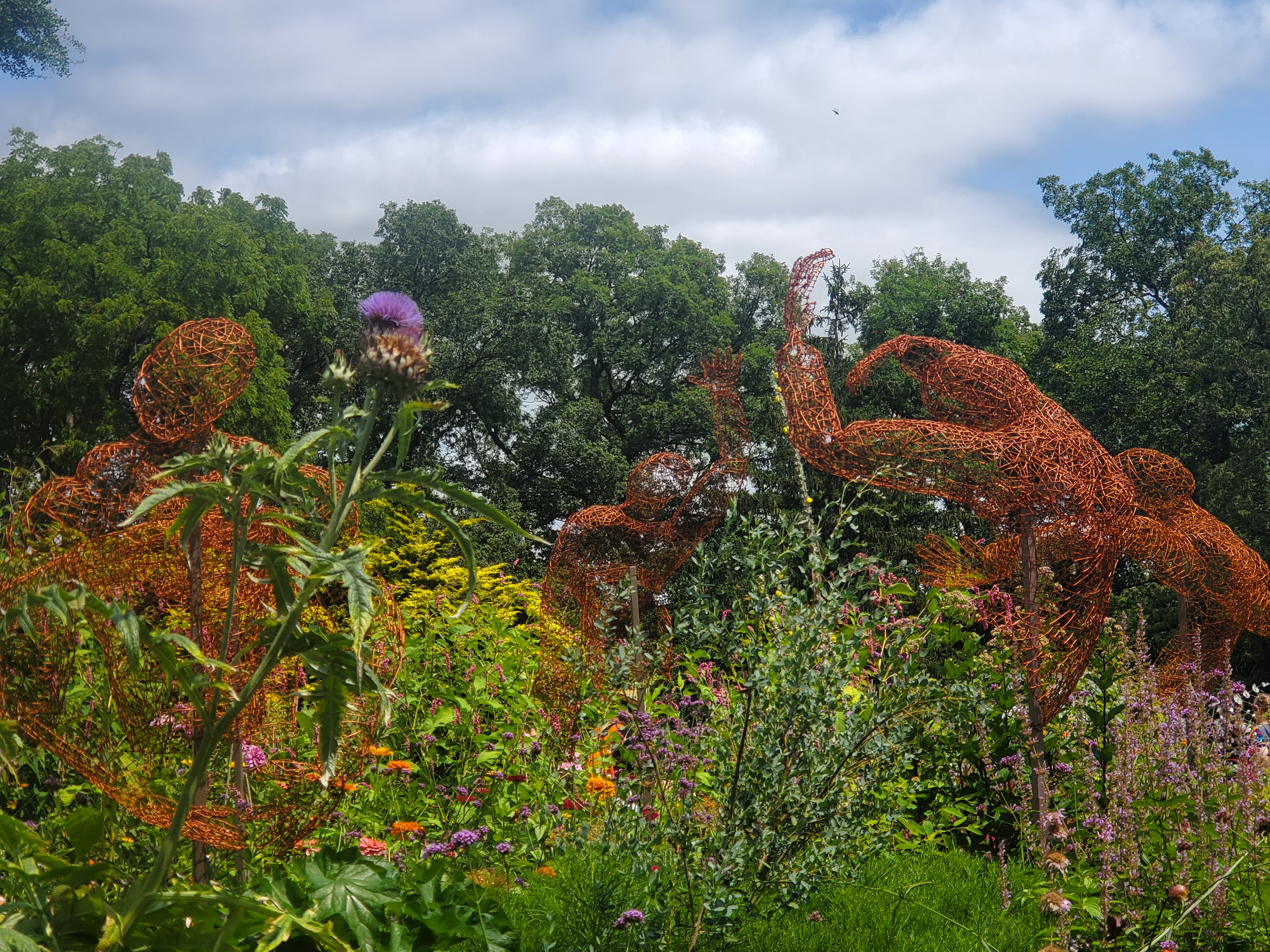
Featured Artist: Kristine Mays

Featured Arist: Cheryl Derricotte

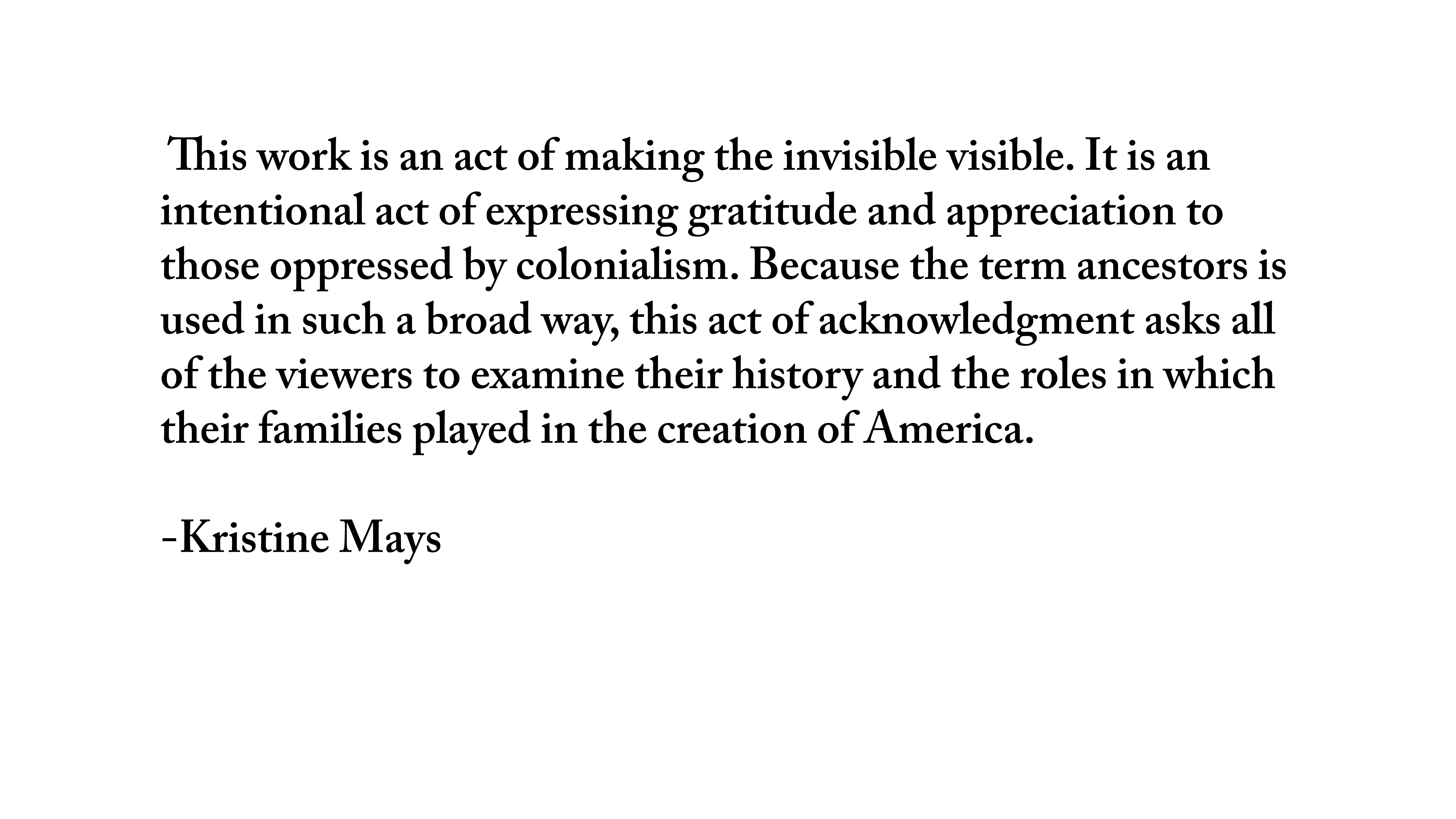

Featured Artist: Mario Mesquita
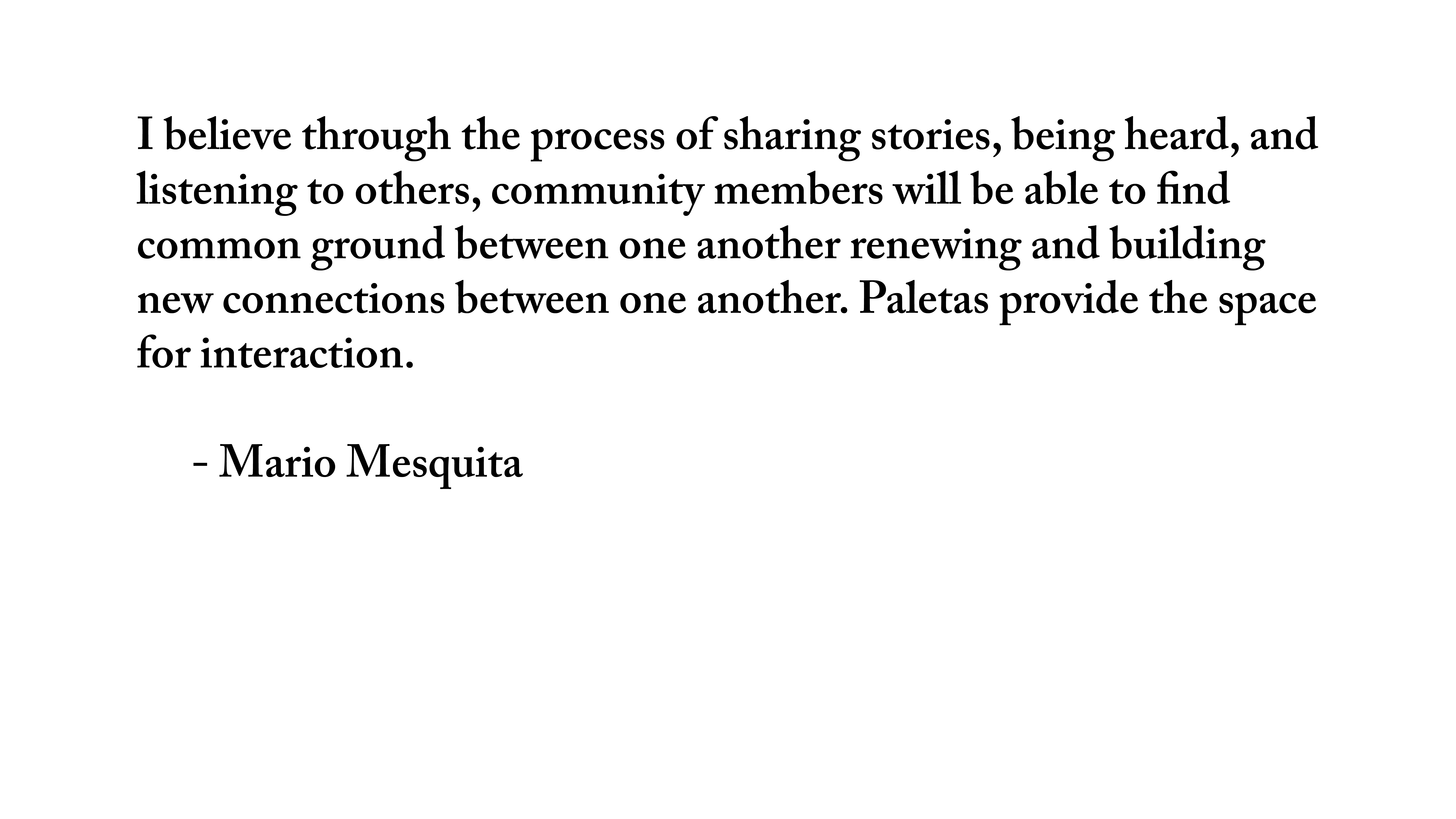

Featured Artist: Zain Al Sharaf Wahbeh

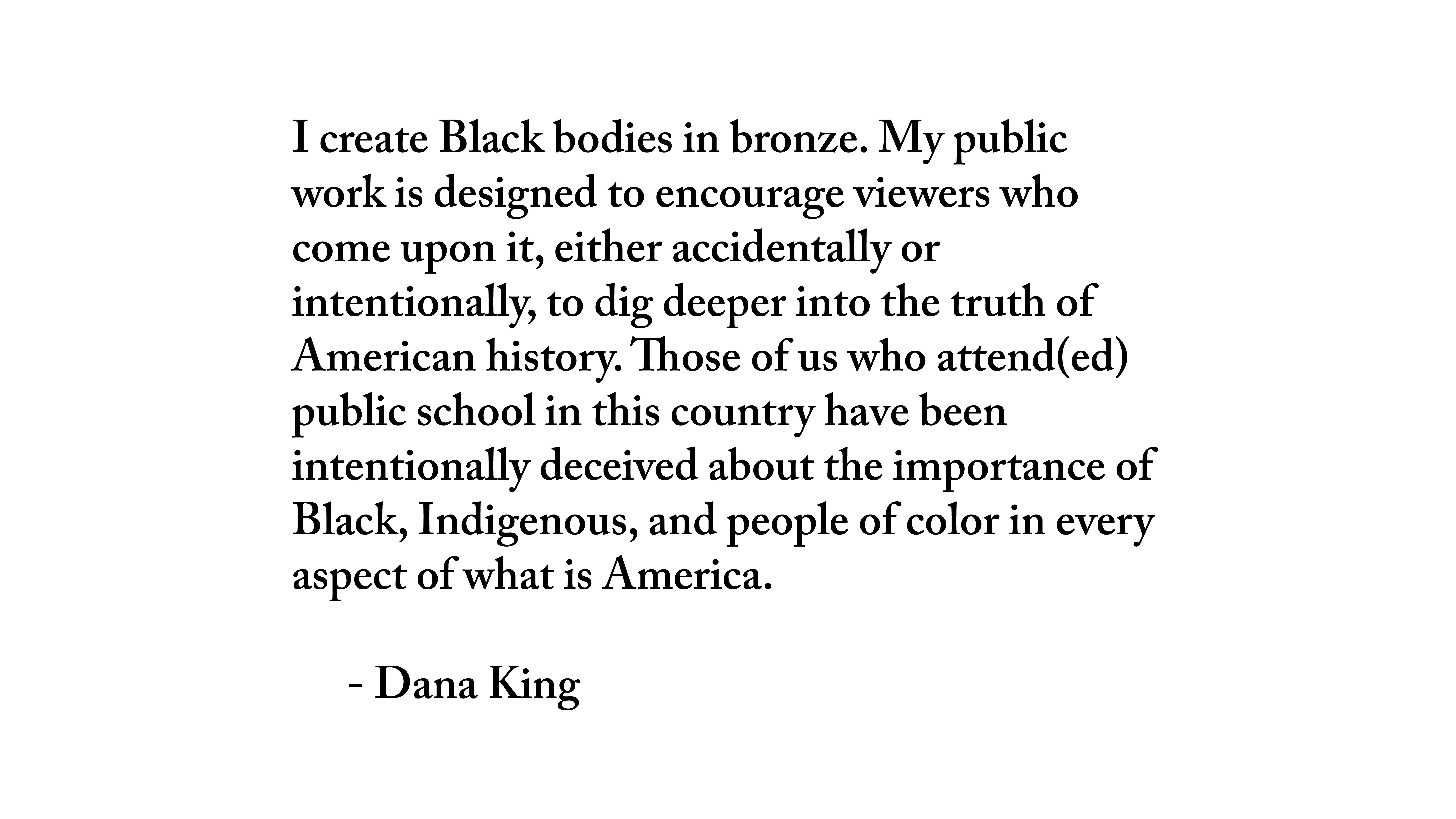


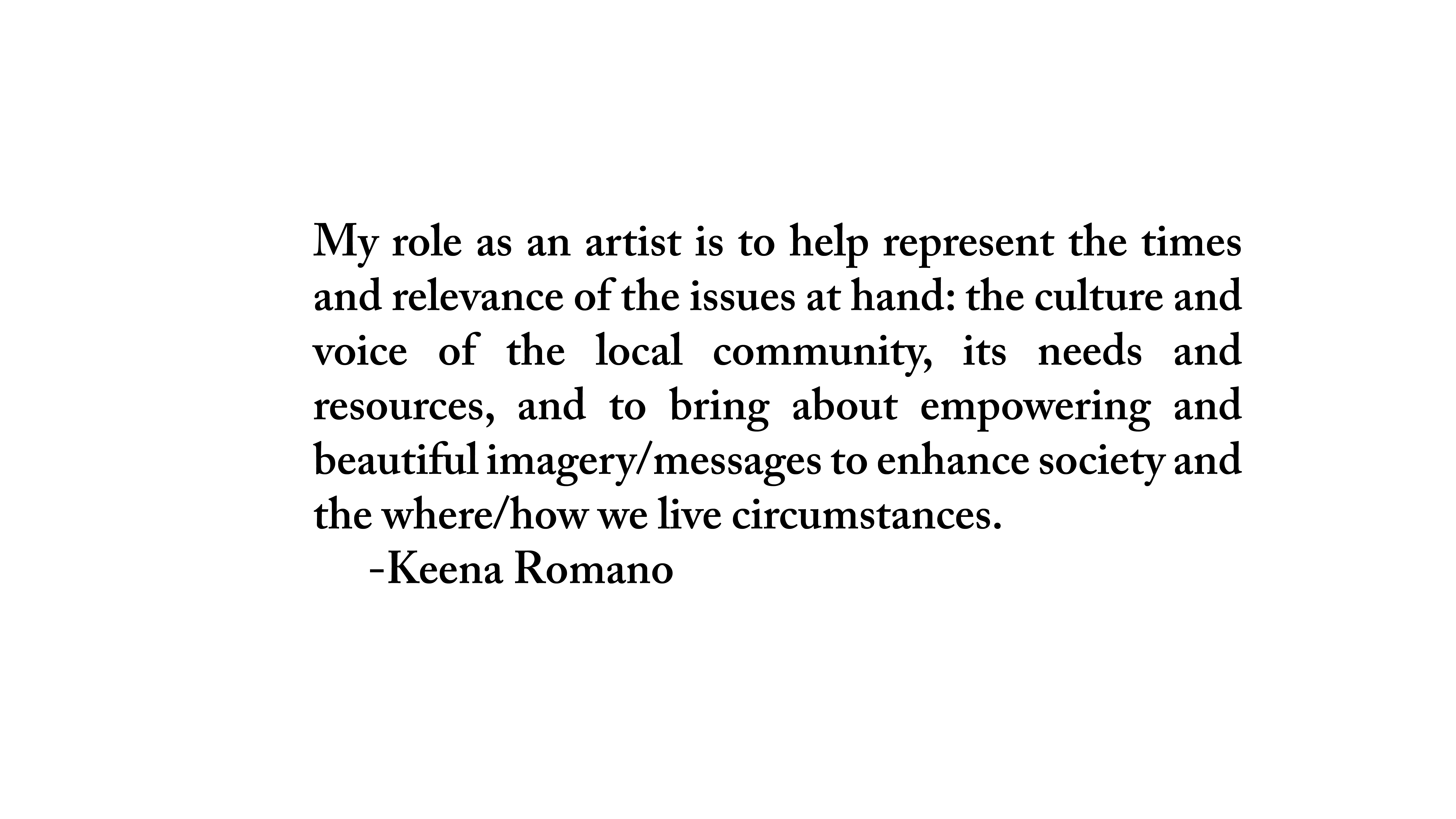

Featured Artist: Keena A. Romano

Featured Artist: Lauren Klein
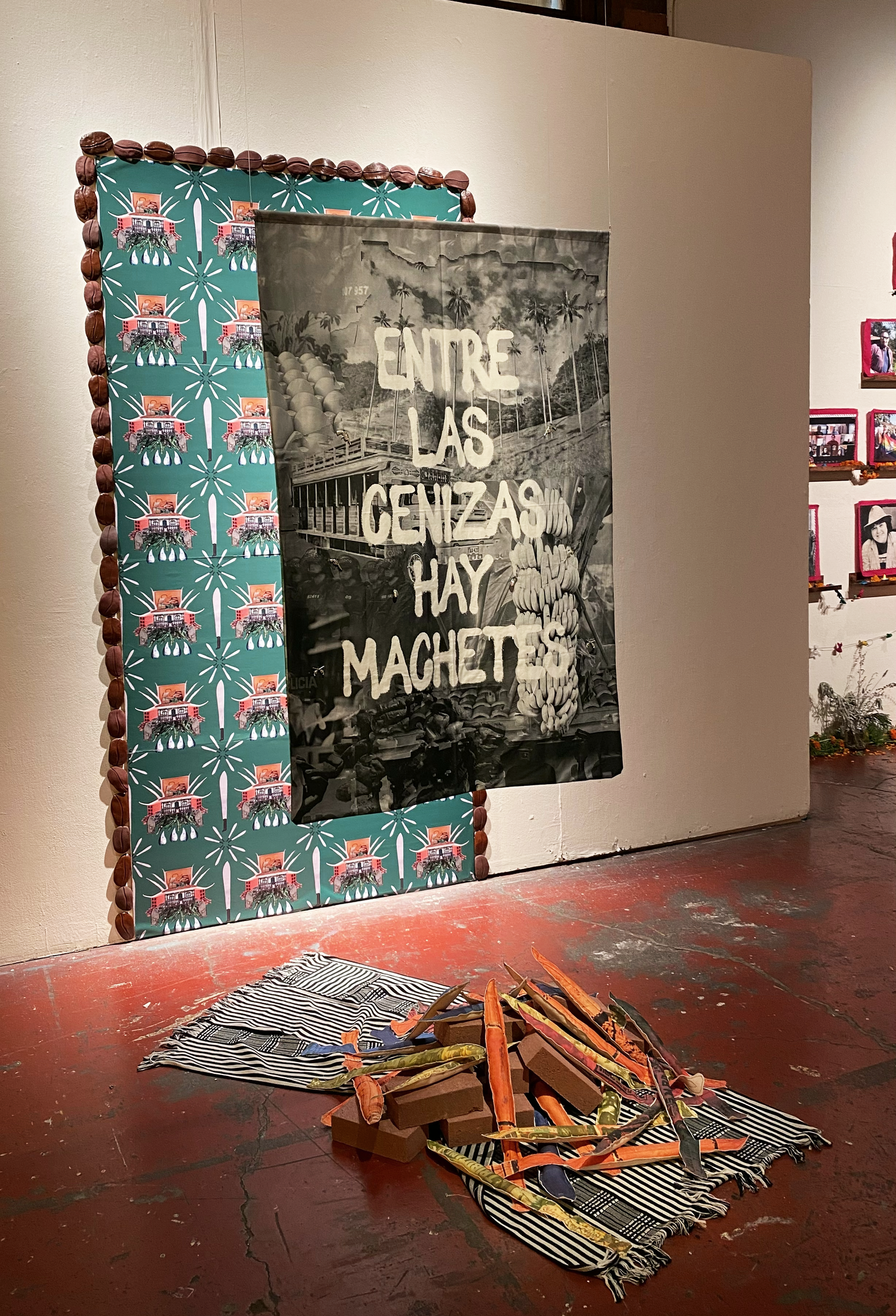
Featured Artist: Paola de la Calle
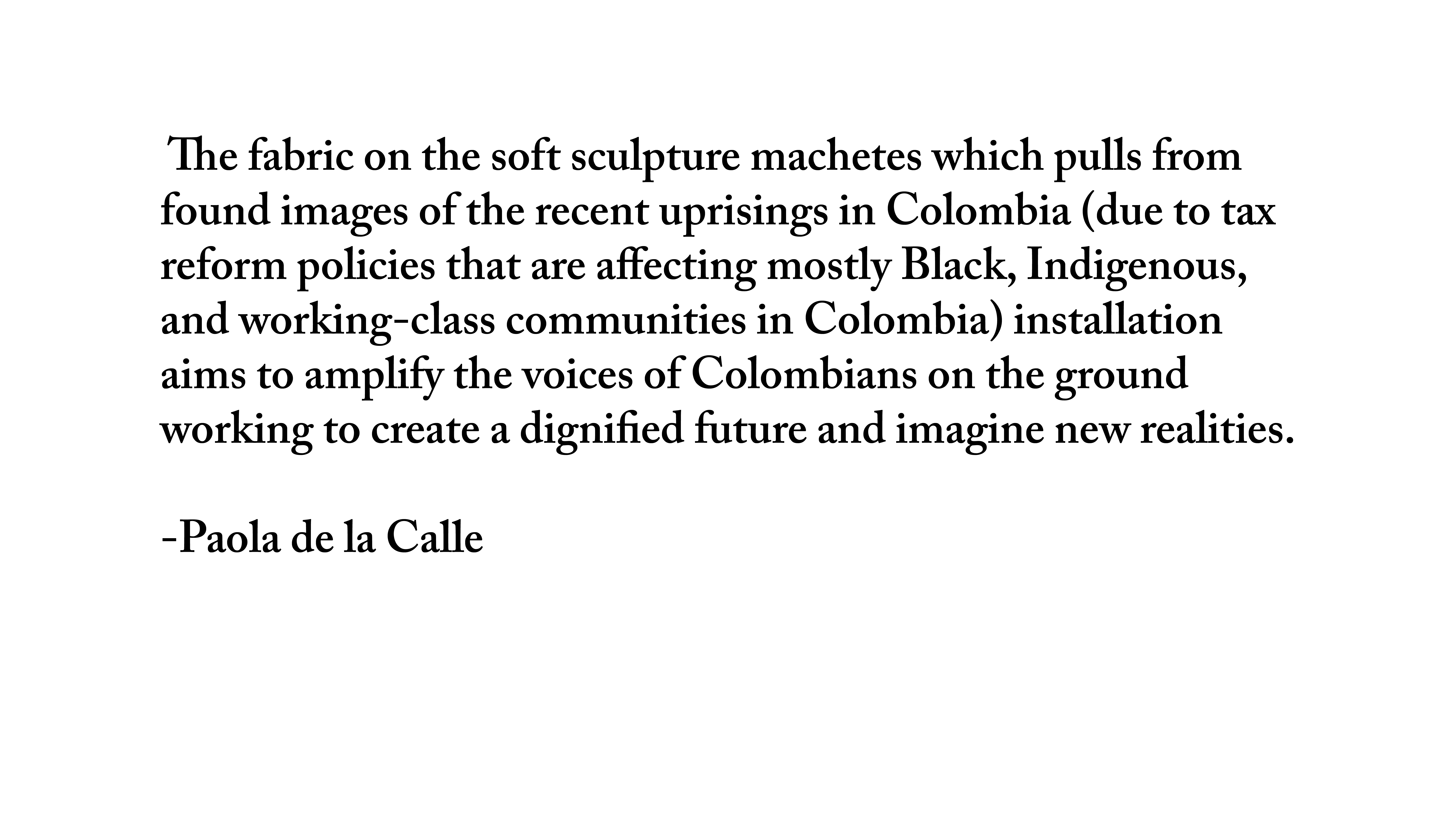
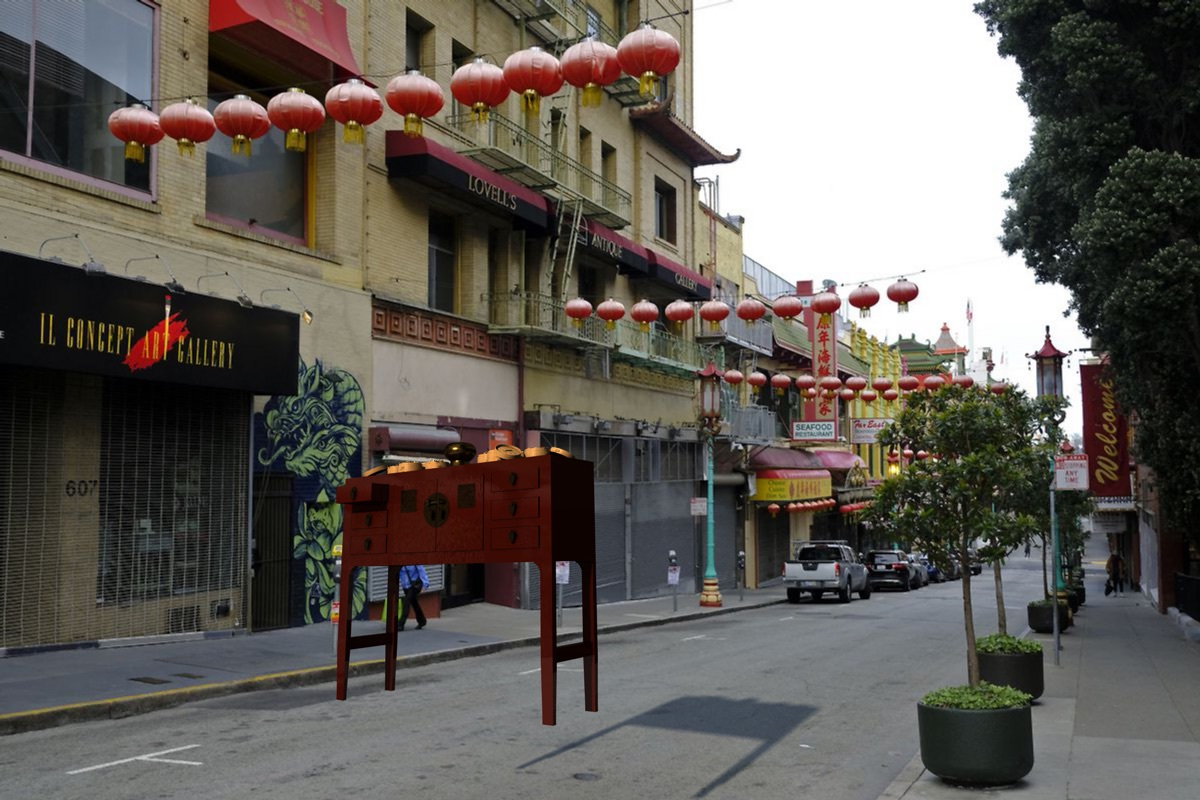
Featured Artist: Macrowaves

In The Future, a digital zine that uplifts ten artists and changemakers finished works that explore the future of monuments and cultural memory. Each reclaims the collective sensory experiences and tells the story of your community?” NMTF invites you to explore each one of them, to learn and inspire you to create future change and to pay close attention to those that have and are currently pushing forward.
In the Future Project List:
New Monuments Must
with SF Urban Film Festival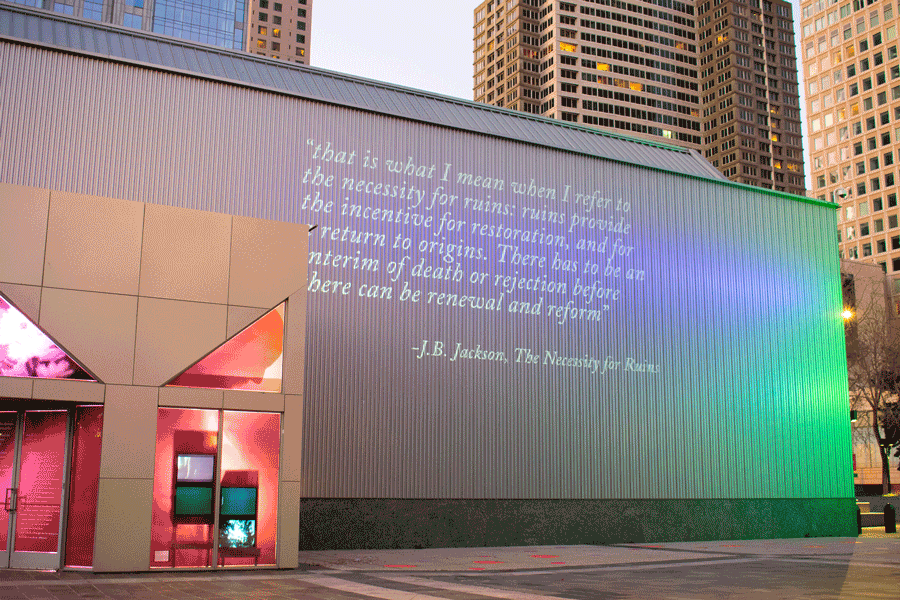
New Monuments Must, 2021
Yerba Buena Center for the Arts as part of SF Urban Film Festival
Yer
